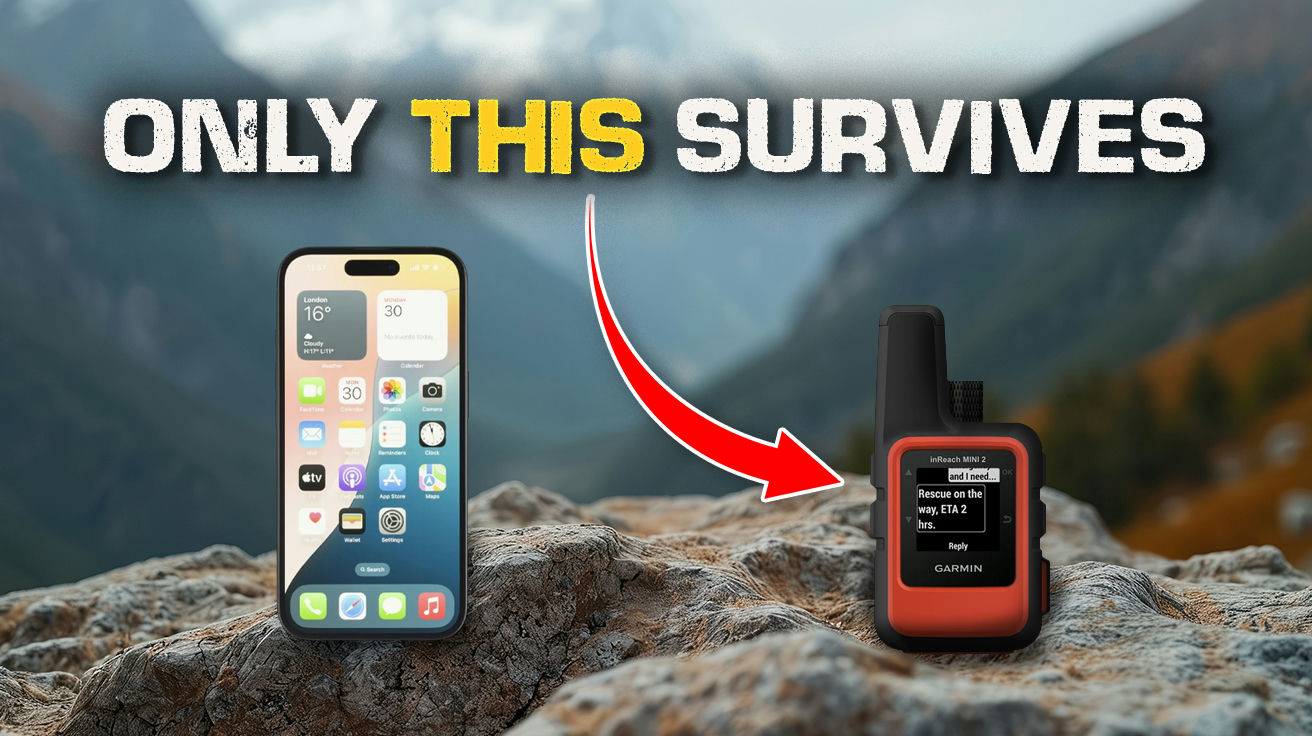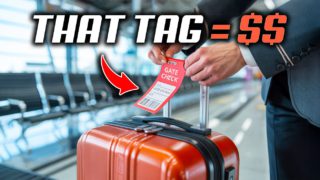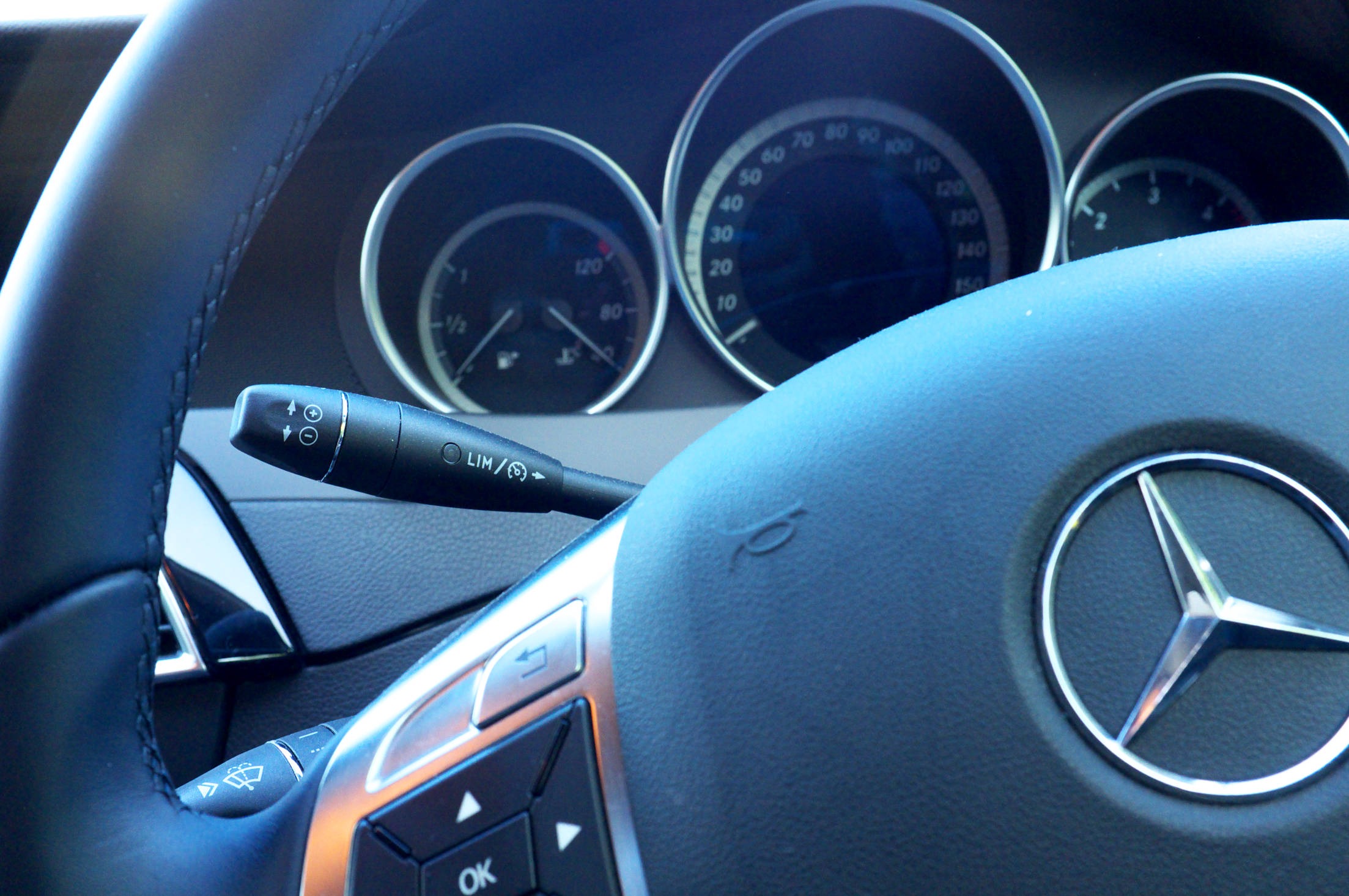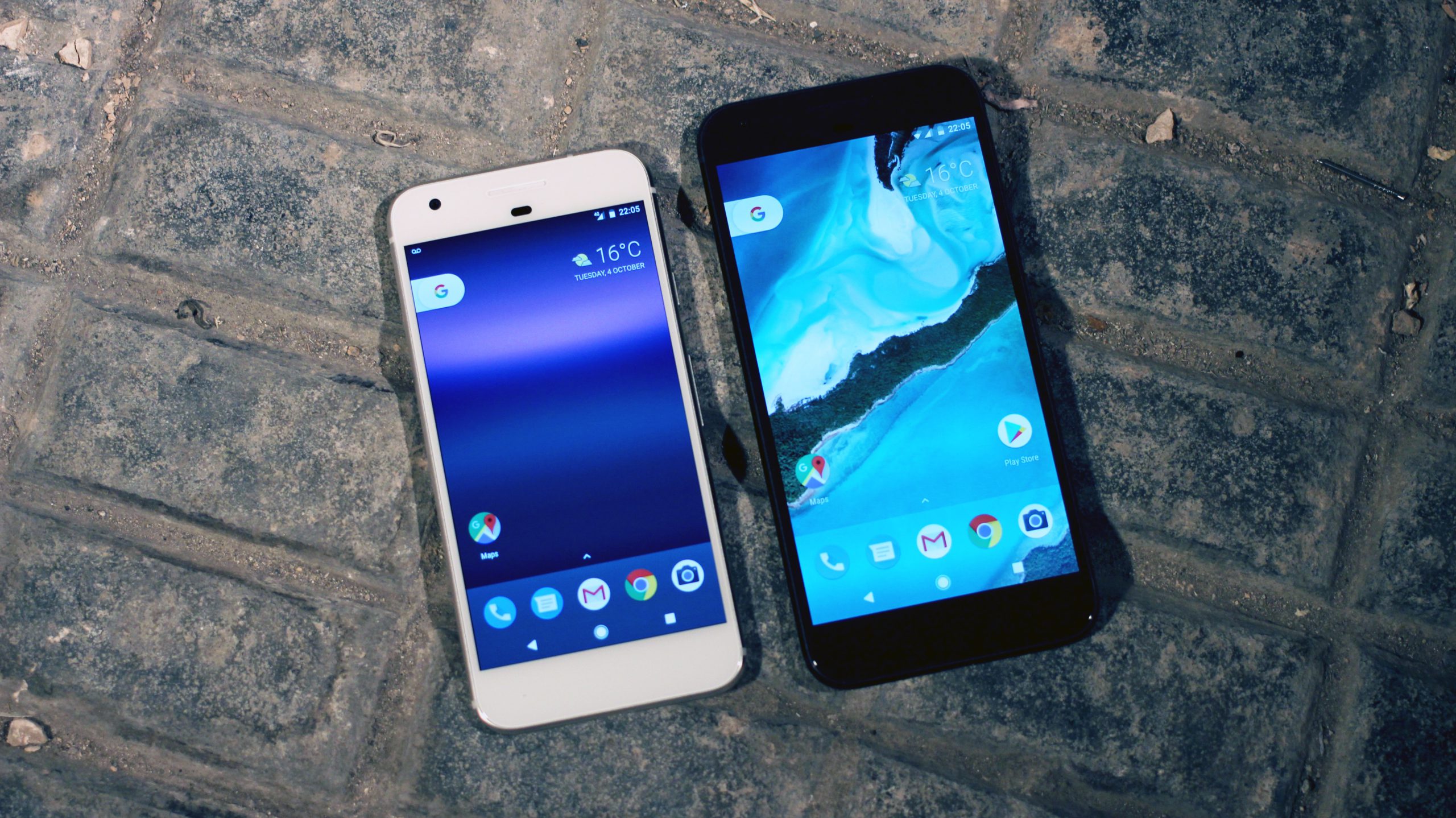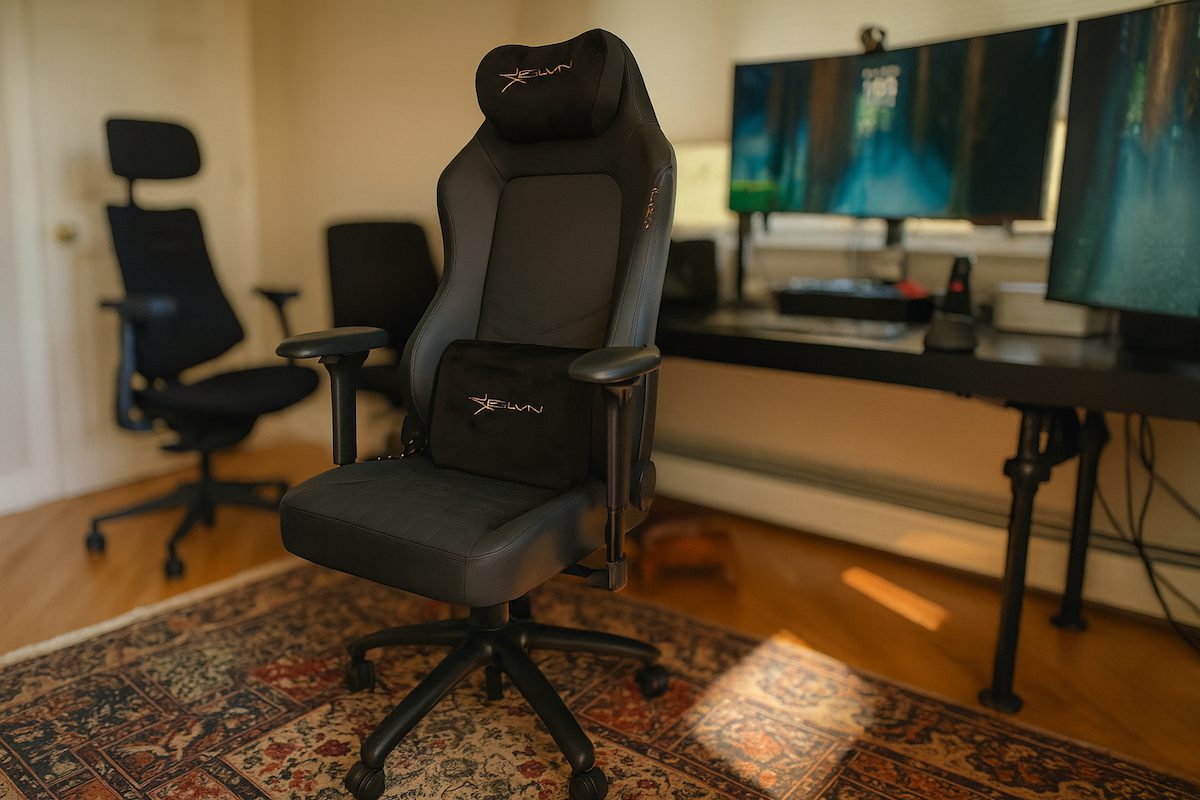Your smartphone transforms into an expensive paperweight the moment disaster strikes. Cell towers crumble, power grids collapse, and suddenly you’re clutching $1,000 worth of silicon and regret. Emergency communication isn’t about convenience—it’s survival technology that connects you from Antarctic research stations to Saharan dunes when everything else fails. Some manufacturers promise global connectivity and deliver dial-up disappointment, while others work when your life depends on it.
This content may contain affiliate links. If you wish to support us and use these links to buy something, we may earn a commission.
6. FRS/GMRS Radios: The Unsung Lifesavers
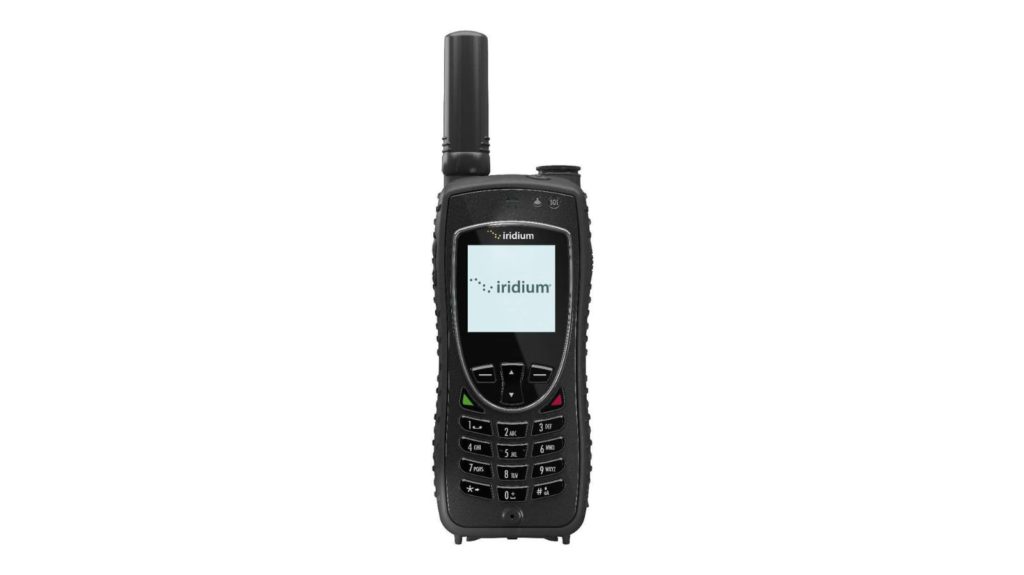
Decades of proven performance trump flashy features every single time, making these workhorses the communication equivalent of Honda Civic reliability—unglamorous but dependable when luxury options quit. Range extends up to 35 miles across 22 channels under ideal conditions, powered by simple AA batteries that eliminate infrastructure dependencies. Network collapses transform these $50-150 devices into communication lifelines that professional emergency responders carry as primary backup, understanding that simplicity saves lives when sophisticated equipment dies spectacular deaths.
5. Iridium 9555: The Undisputed Champion

Earth’s surface remains mostly a cellular wasteland, creating perfect conditions for Iridium 9555 to shine across its 66-satellite constellation. This global coverage spans from polar ice caps to equatorial jungles, requiring only a clear line of sight since trees and buildings murder signal faster than a TikTok trend dies. Tank-like construction survives drops, dust, and downpours that would cripple lesser devices, maintaining connectivity where Southern Utah’s slot canyons transform regular phones into glorified cameras. At 266g with 4 hours of talk time, the $1,500 price tag positions it as the iPhone Pro Max of emergency communication. Your survival might depend on those precious 240 minutes of guaranteed connectivity.
4. Inmarsat IsatPhone 2: Reliable Without the Premium

Coverage spans places humans inhabit, strategically excluding polar regions above 82° latitude where penguins don’t need phone service anyway. Setup requires about 45 seconds of pointing skyward and waiting for satellite acquisition, a process that feels like loading a 2010 YouTube video—slow but inevitable. This patience pays off with battery performance that delivers 8 hours of talking and 160 hours on standby, effectively doubling most competitors while including a car charger, a wall charger, and a spare battery in standard packages. Retail pricing around $800-1,000 makes it accessible for weekend warriors and professional guides who need reliable connectivity across European, African, Asian, and American travel zones without financial devastation.
3. Garmin inReach Mini 2: Ultralight Communication

Backpackers counting every gram gravitate toward this compact alternative that focuses on essential functions rather than traditional voice calling capabilities. Two-way texting, GPS tracking, and SOS capabilities replace heavier communication methods while measuring just 2″x3.9″ and weighing 3.5 ounces for weight-conscious travelers. Fourteen-day battery life in tracking mode eliminates daily charging anxiety during extended wilderness trips, where GEOS emergency response integration provides professional rescue coordination when situations deteriorate. Smartphone pairing enables easier message composition without tiny button frustration, all at a price around $400-450 that makes it accessible for serious outdoor enthusiasts.
2. Family Emergency: GMRS as Essential Backup

Every household needs these radios stored alongside flashlights and first aid supplies, representing simple technology that functions when sophisticated systems collapse under emergency loads. Operation requires no monthly fees, service contracts, or cellular infrastructure, running instead on rechargeable battery packs or standard AA batteries that provide indefinite operation during extended outages. Urban interference affects performance in populated areas, yet any communication beyond shouting distance becomes invaluable during crisis situations where range varies dramatically based on terrain obstacles and atmospheric conditions.
1. Globalstar GSP-1700: Budget-Conscious Performance

Casual adventurers gain satellite capability without mortgage-level investments through this practical option that weighs just 198g while delivering voice clarity exceeding many premium competitors. Advanced vocoder technology produces superior audio quality within coverage zones concentrated on North America, Europe, and Australia, where most recreational travel occurs. Airtime costs remain reasonable at $50-100 monthly for moderate usage patterns, making it attractive to RV enthusiasts and weekend explorers who appreciate reliable connectivity within primary coverage zones rather than paying for worldwide access in places families never vacation.


